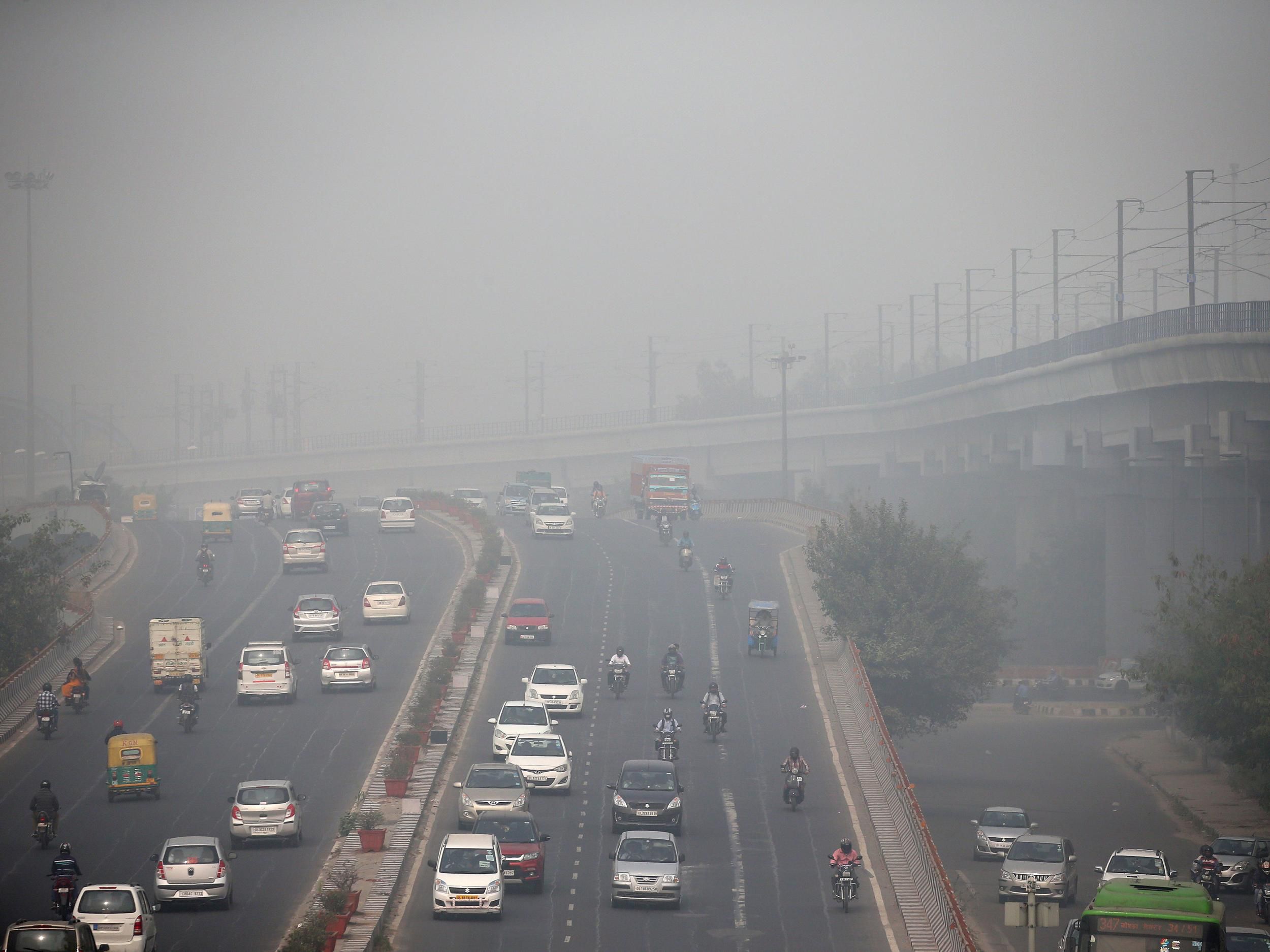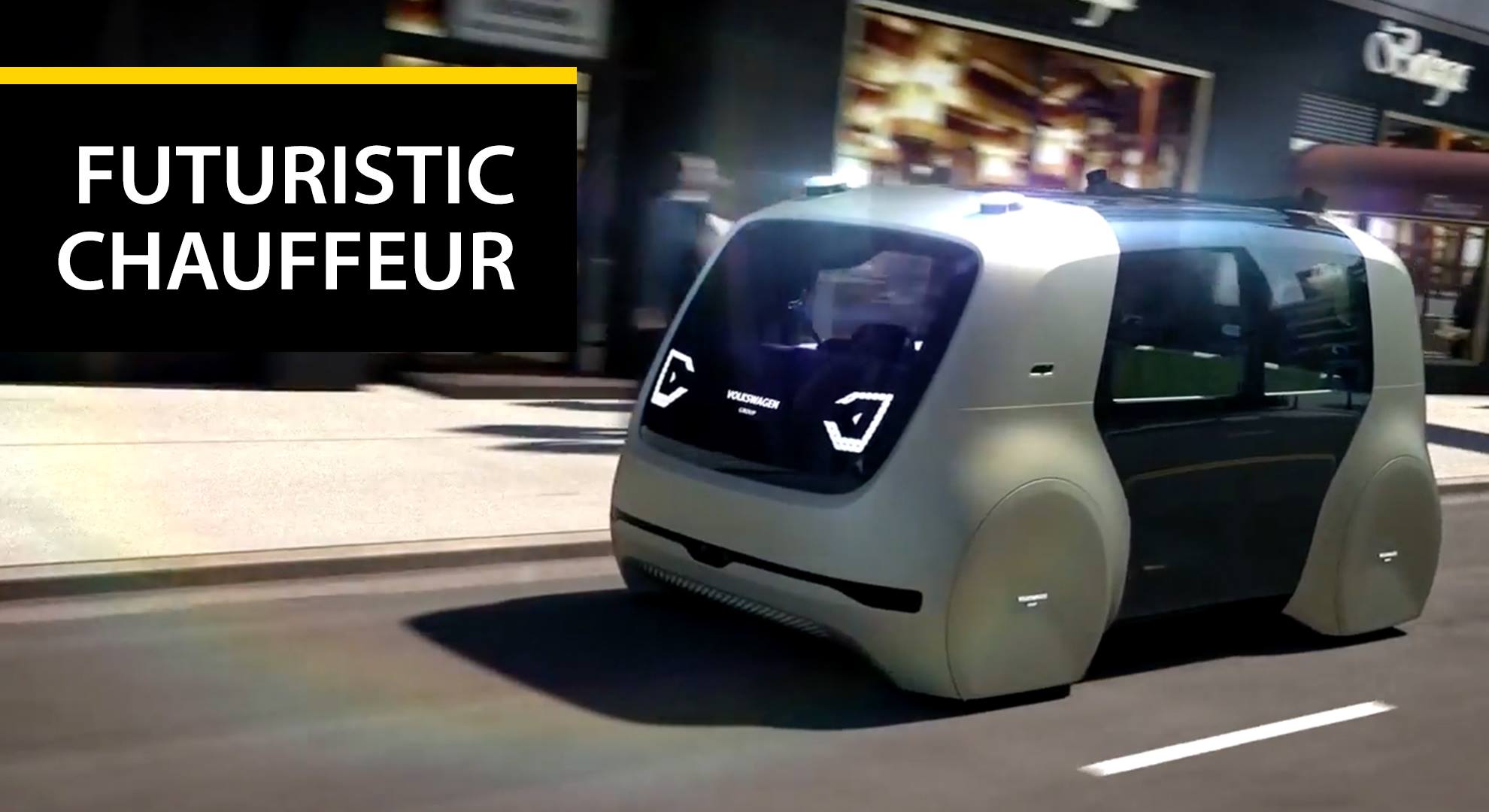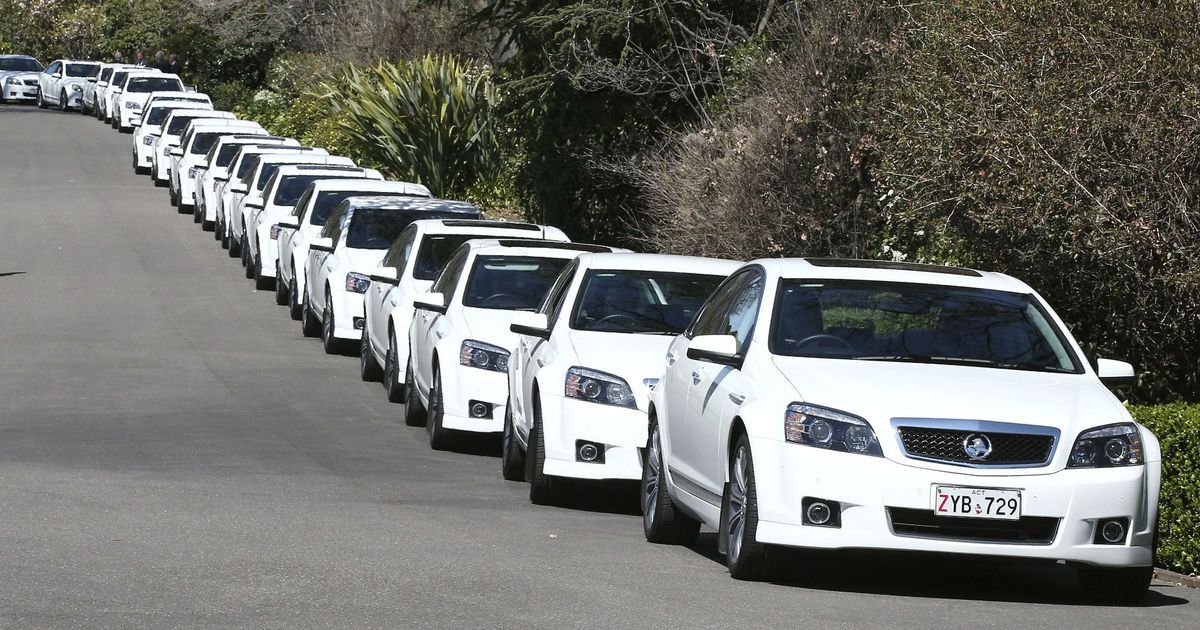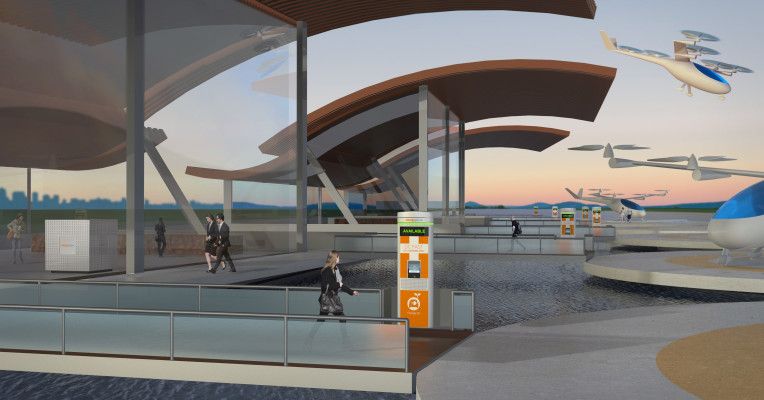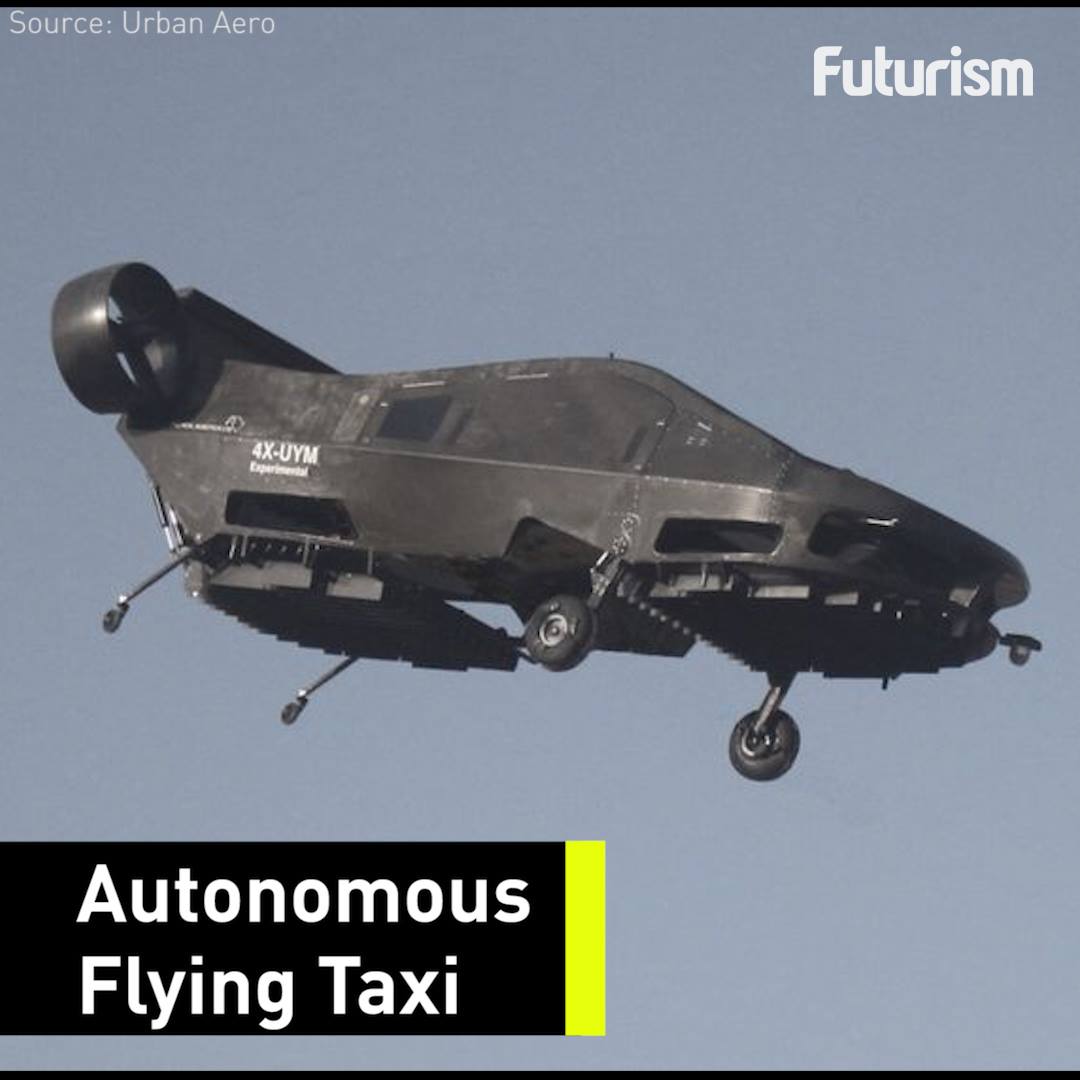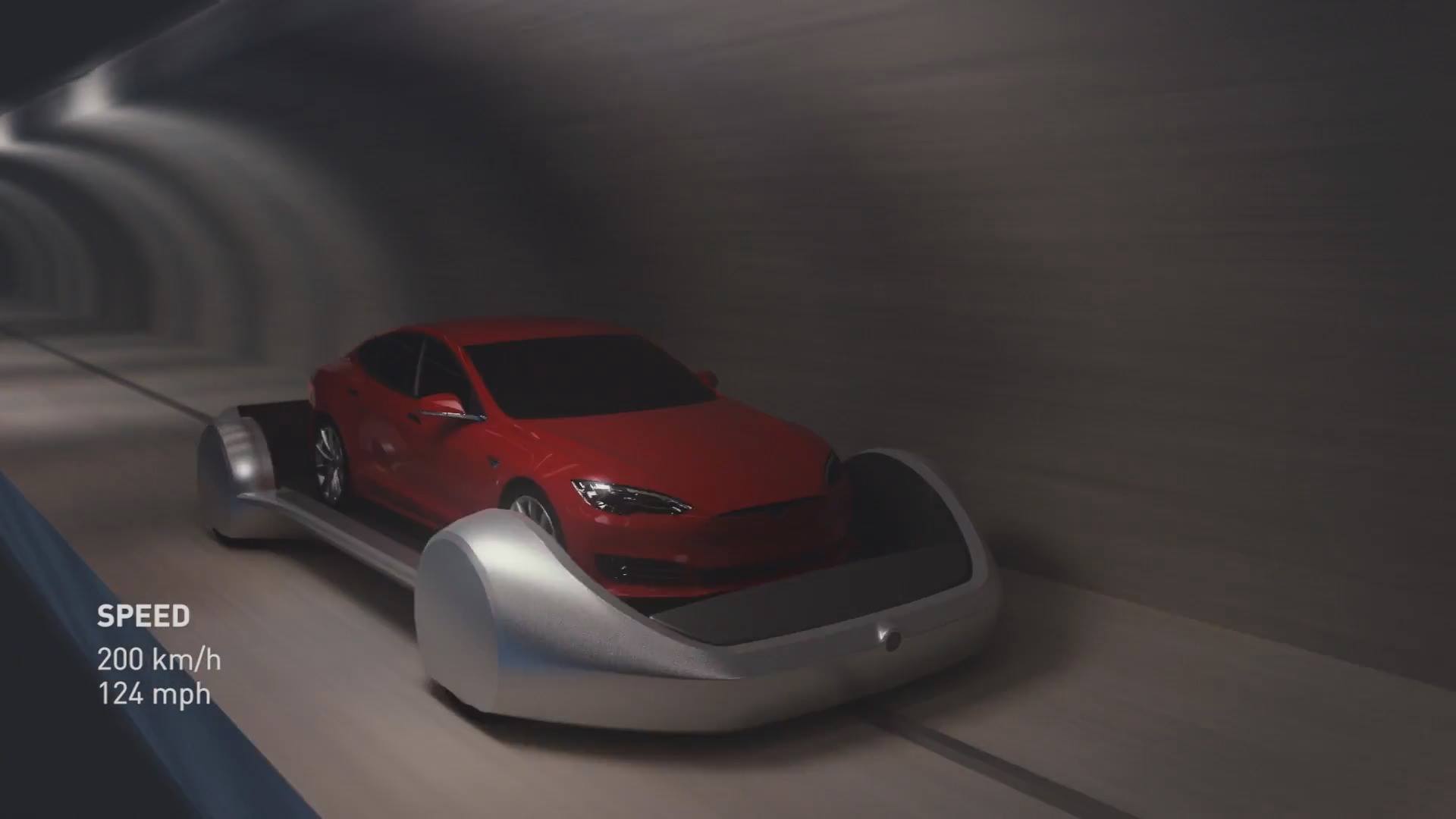Yesterday I wrote about a poll conducted by researchers at the University of Michigan that found people were interested in flying cars if they were autonomous, shared and electric. As soon as I posted that, I found an email in my inbox saying that ChargePoint and Uber Elevate, among others at the recent conference on flying vehicles, had partnered to prepare for just that exact scenario.
ChargePoint announced the Express Plus charging platform at CES 2017, which allows for faster, more powerful charging and modularity. That means that owners of the stations can expand their charging options as they need to — which includes charging electric flying cars. The latest estimates say that it will take a minimum of 300 kW to charge a flying car 25 percent in 5 minutes, or 25–90 percent in 15 minutes. ChargePoint’s Express Plus stations can deliver up to 400 kW per port right now, so operators could add a station for flying vehicles in the future without ripping out infrastructure that’s already in place.
ChargePoint already knows that charging quickly generates a lot of heat, which is why it developed liquid-cooled hoses for its Express Plus stations. But charging a flying vehicle would likely require extended cooling, even around the battery pack itself during fast charging. The vehicle needs to be able to ascend to altitude within about 90 seconds, and the batteries need to be cool enough to take that strain.
Read more
